TRB Committee Elects WTI Researcher as New Chair
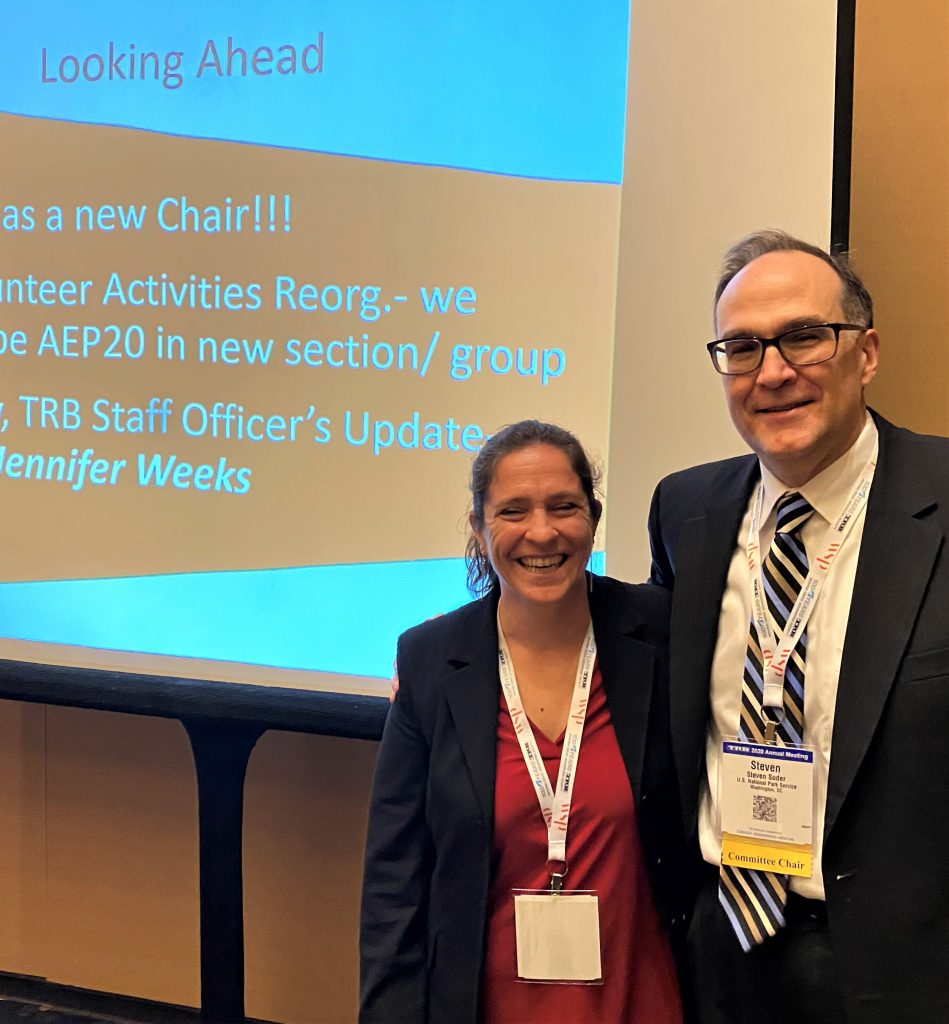
Congratulations to WTI’s Natalie Villwock-Witte! She was selected as the new chair of a National Academy of Sciences Transportation Research Board (TRB) Committee — ADA 40, Transportation Needs of National Parks & Public Lands. She will serve a three-year term starting in April, succeeding outgoing chair and longtime friend of WTI, Steve Suder. WTI has […]
Postcards from TRB
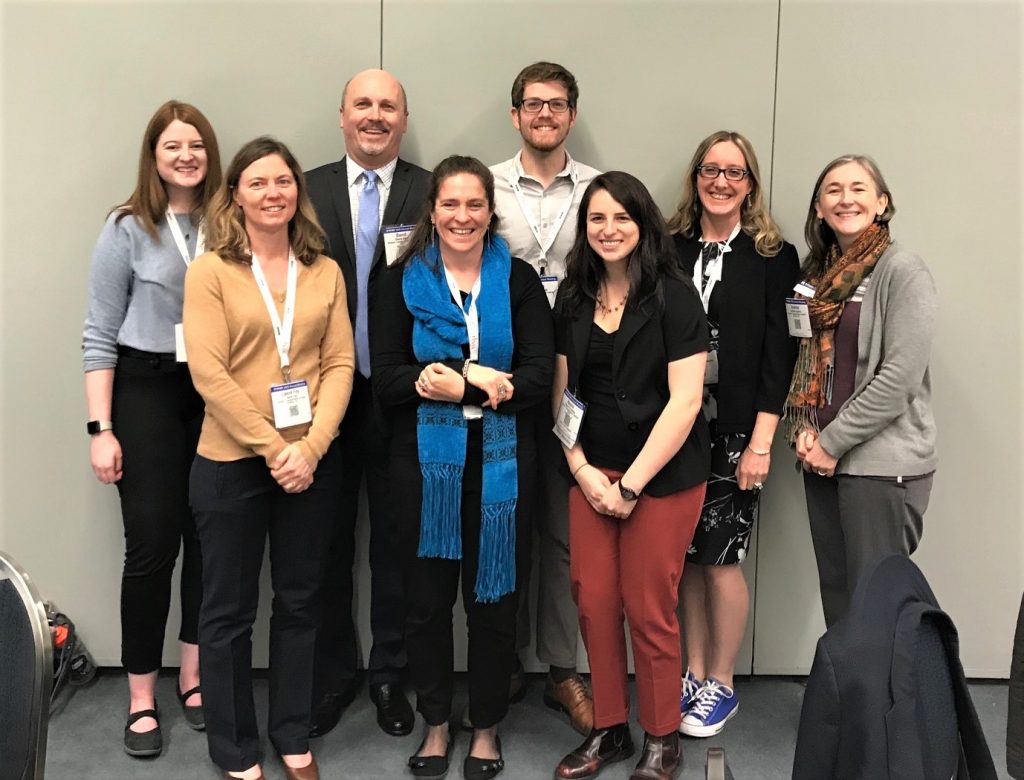
Fourteen WTI researchers, affiliated faculty, fellows, and staff have returned from a busy and productive week at the Transportation Research Board (TRB) Annual Meeting in Washington, D.C. The premier transportation research event of the year, the meeting is attended by more than 13,000 transportation leaders, practitioners, and researchers from around the world. The U.S. Secretary […]
WEBINAR – Local Road Safety Plans
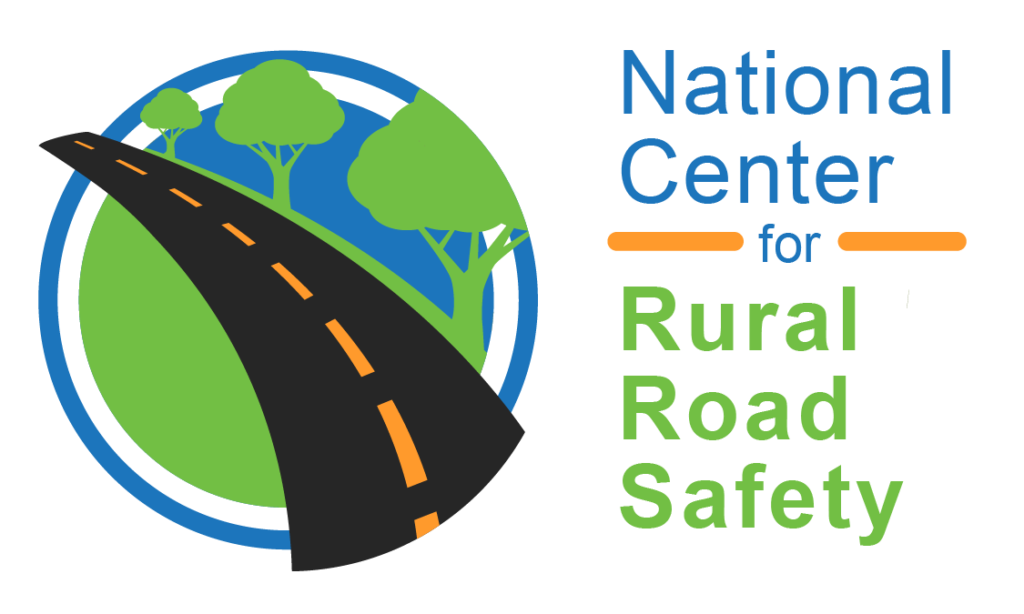
Did you attend the webinar by the National Center for Rural Road Safety (Rural Safety Center) in December about Local Road Safety Plans? Don’t miss Part 2! The Rural Safety Center and the NLTAPA Safety Working Group are co-hosting a FREE, 1.5-hour online webinar entitled LRSP Part 2: A Roadmap to Getting Home Safely. This […]
New Year, New Staff!

WTI is pleased to welcome Andrea Hamre, Ph.D. as a Research Associate in the Mobility and Public Transportation Program. With expertise in transportation demand management, sustainable transportation, and travel survey data analysis, she will conduct research for the Small Urban, Rural and Tribal Center on Mobility (SURTCOM) and for projects such as the Twin Falls […]
High Country News Interviews WTI Road Ecologist

The Idaho Transportation Department is currently considering wildlife crossing structures for a segment of U.S. 20 near Island Park. High Country News recently published an extensive feature article exploring both support and opposition to this proposal: “When wildlife safety turns into fierce political debate.” WTI Road Ecologist Marcel Huijser was interviewed for the article, discussing […]
Winter Maintenance Research in the News
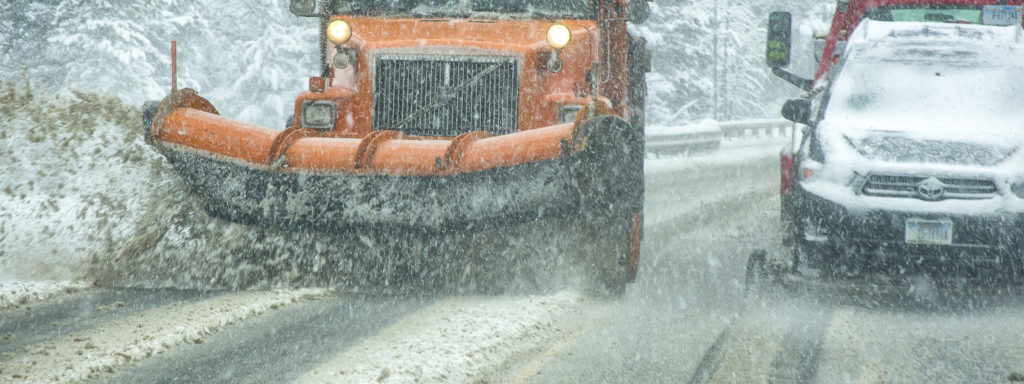
As winter gets underway, state Departments of Transportation are planning their snow and ice maintenance programs. In the process, they are considering findings and recommendations from WTI research projects. The Kansas Department of Transportation is incorporating alternative products into its deicer mix. The Hutchinson News published a recent article entitled “KDOT using beet juice to […]
New Publications from Road Ecology
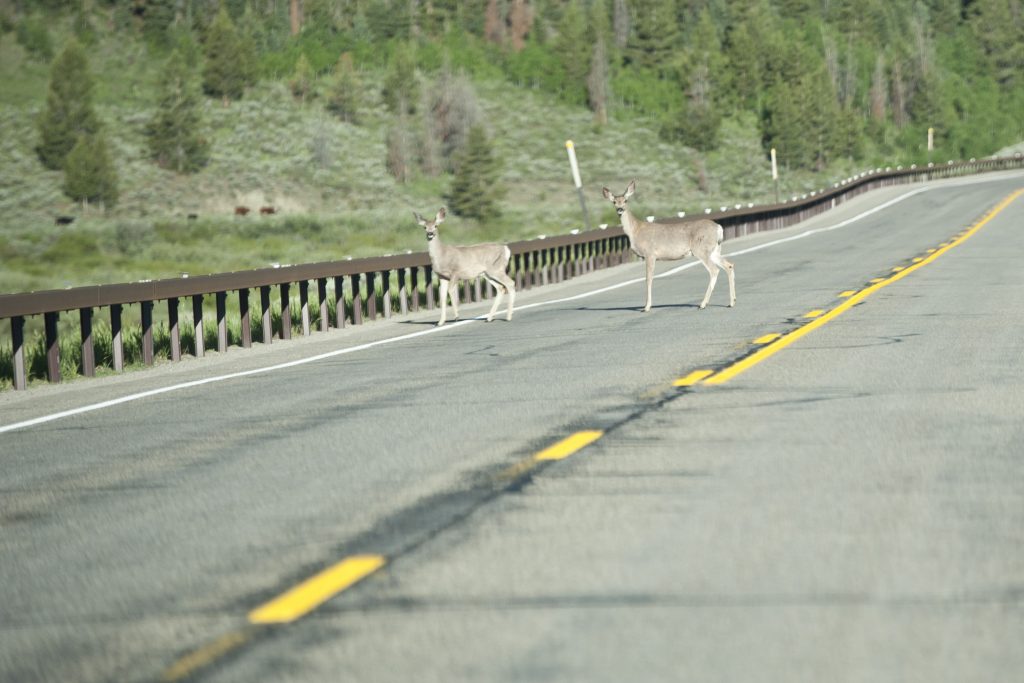
Interested in Road Ecology research? Check out these recent and upcoming publications. WOLVERINE TRAPPING: The Journal of Wildlife Management has published “The Sustainability of Wolverine Trapping Mortality in Southern Canada,” by Garth Mowat, Tony Clevenger, and their research team. It summarizes the team’s research study, in which they observed wolverines over a large area of […]
